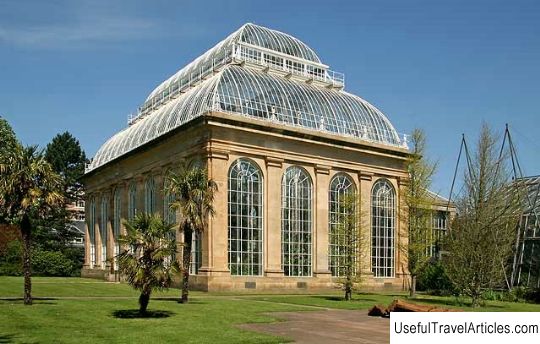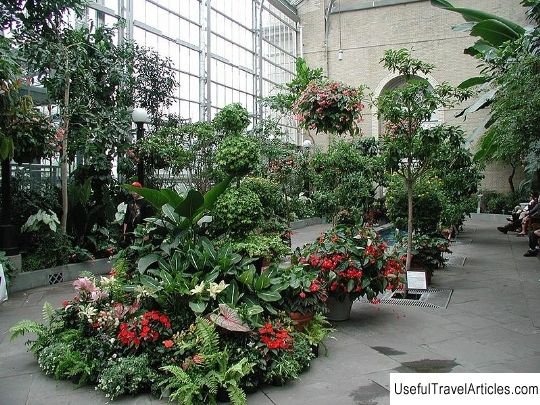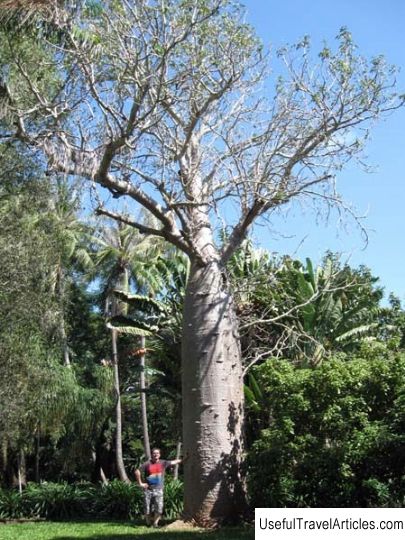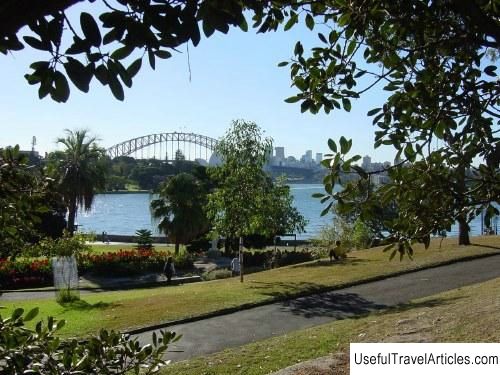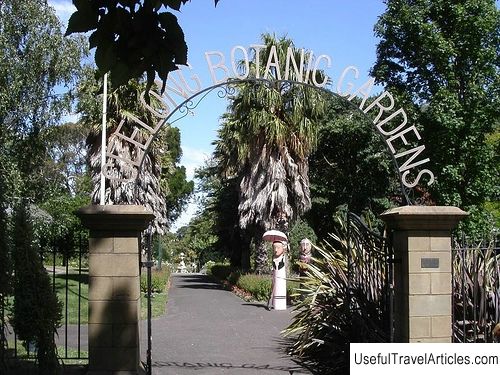Royal Botanic Gardens Kew, UK Resort London
Rating: 8,0/10 (934 votes)  Wanting to escape from the city stench, disease and noisy streets, 18th century London aristocrats took a fancy to Kew Gardens. The gardens were laid out on the territory of the old pharmaceutical garden. Creation of a botanical garden promoted by Princess Augusta when the royal family rented the palace Kew. Soon the park area began to be called Royal Kew Botanical Gardens. Architect William Chambers, hired by the princess, arranged the territory of the garden. Soon it was decorated with lawns and magnificent buildings, an arboretum appeared on it. The landscape was designed by Capability Brown, he smashed a rhododendra grove. When botanist Joseph Banks became director of the garden, Kew became scientific center. From expeditions to different parts of the world, the garden received many useful and outlandish plants. These undertakings were continued by the well-known specialist William Hooker, who began to collect medicinal plants and cereals. At that time, Kew had its own library. It is the seedlings from The Royal Botanic Gardens helped overcome the malaria epidemic. Modern Kew Gardens have not lost their social and scientific value. They are recognized by the world community as teaching and research center. It employs about 700 employees with an annual garden income of 56 million pounds sterling. More than two million visit Kew Gardens a year visitors. They can walk across an area of 121 hectares and see 30 thousand different plants. The Royal Botanic Gardens, Kew herbarium, which is recognized as the second largest in the world. It includes 7 million various plants. The research center library contains 750 thousand books and 175 thousand illustrations. In addition to plants in Kew Gardens, you can See the 39 UNESCO World Heritage sites. Enter the Royal Botanic Gardens, Kew through the main entrance, you can see the Broad Alley, the greenhouse, the Magnolia Alley and the exquisite palace Kew, built in Dutch architectural style. Every plant that will meet while walking about the garden, there are explanatory signs. After the palace visiting the geometric parterre of the 17th century and the bee garden, where fragrant sage and lavender. Next to the bee garden there is a sundial, waterfalls, water garden and Joseph Banks home with an exotic collection. Moving further, you should pay attention to the azalea garden, which blooms in delicious buds in spring. Valley of rhododendrons contrary to our beliefs, it blooms in the very middle of winter. Following them scarlet magnolias bloom, and then lilacs. Flowers in your mighty embrace enclose centuries-old oaks and chestnuts. The hollow turns into a bamboo garden, interesting in all seasons. Don't go past the lake with black swans, bright mandarin ducks and geese. Charlotte's cottage is located near the lake. So a walk through the Japanese garden, where you can see magnificent Japanese gate and an incredible curiosity - a real oriental a pagoda built in the 18th century. After the Japanese garden, the Orangery catches the eye Temperate House is home to subtropical plants. However, the most famous the greenhouse for Kew Gardens is the Palm House, home to coconuts, bananas, figs and breadfruit. On the way to the Princess of Wales Greenhouses it is also worth exploring garden of water lilies. The walk to Kew ends with a fern observation A secluded garden.        We also recommend reading Waterloo Bridge, London Resort, UK Topic: Royal Botanic Gardens Kew, UK Resort London. |
